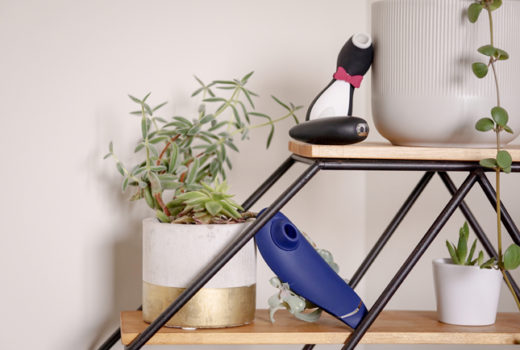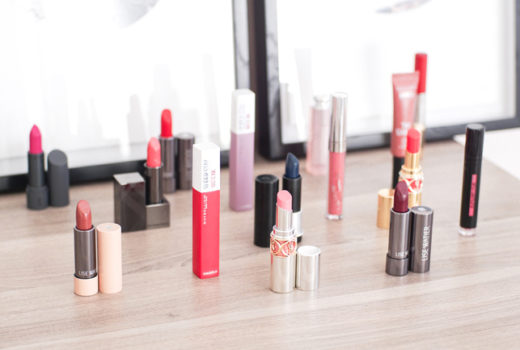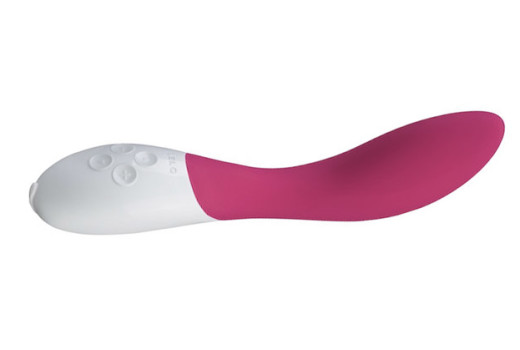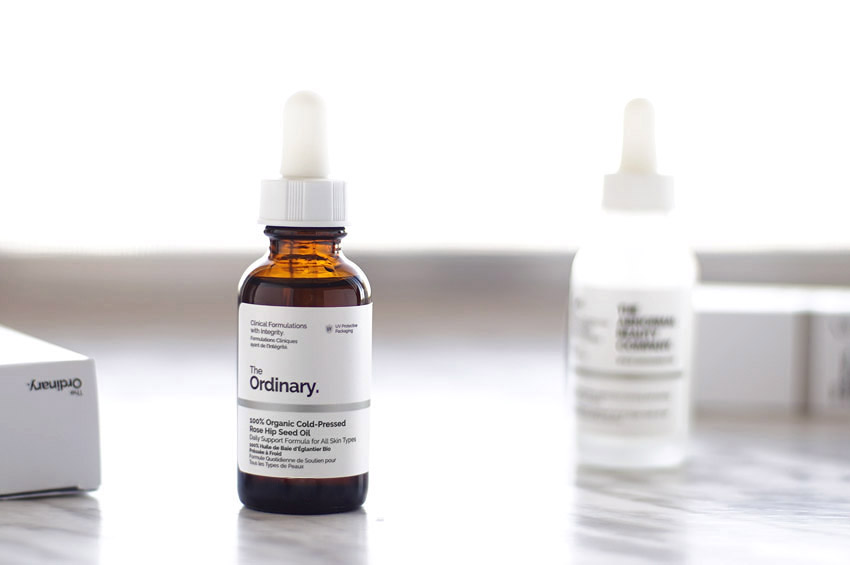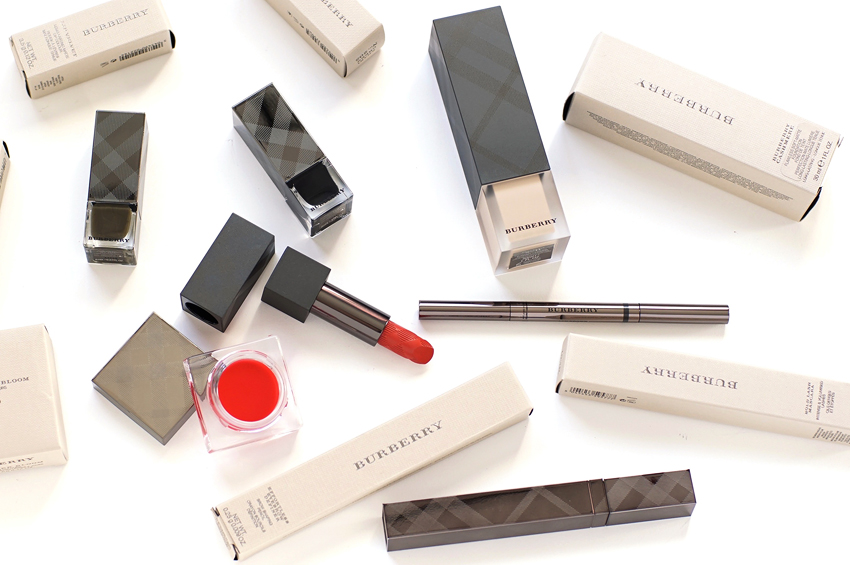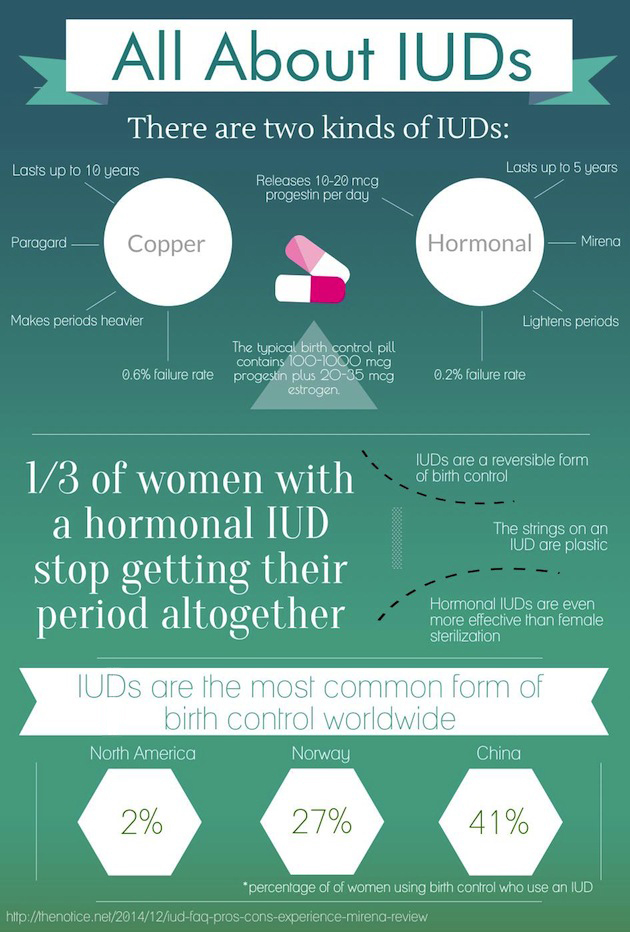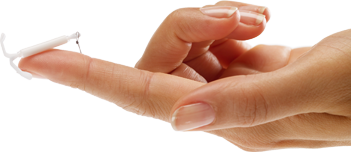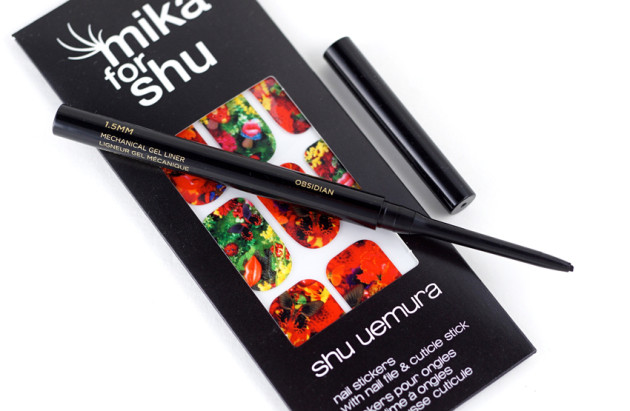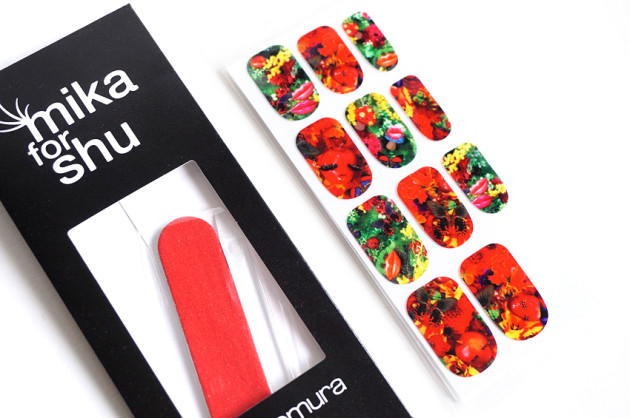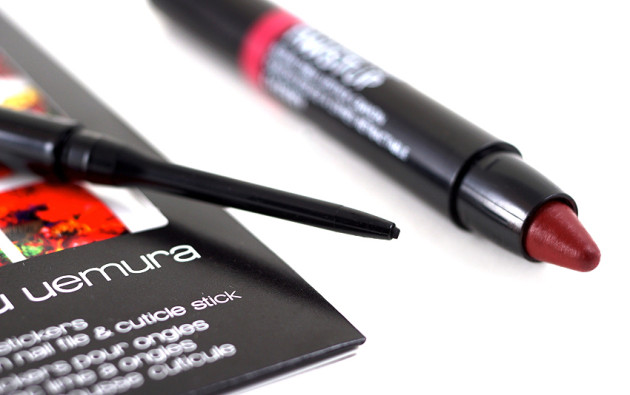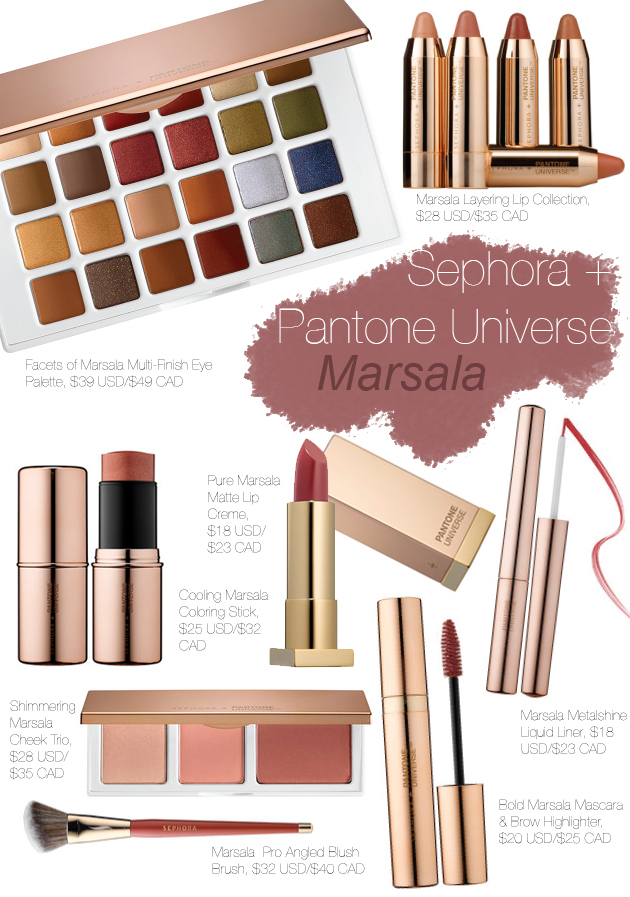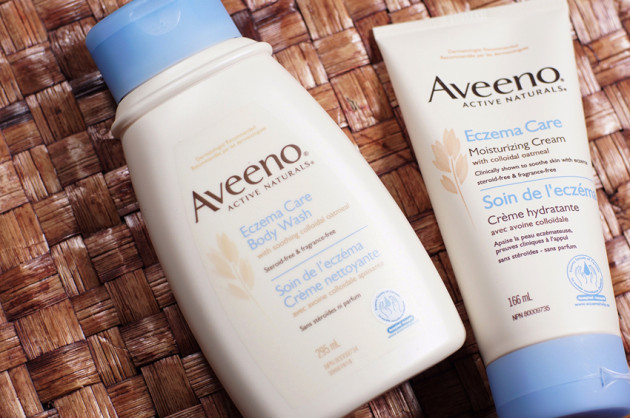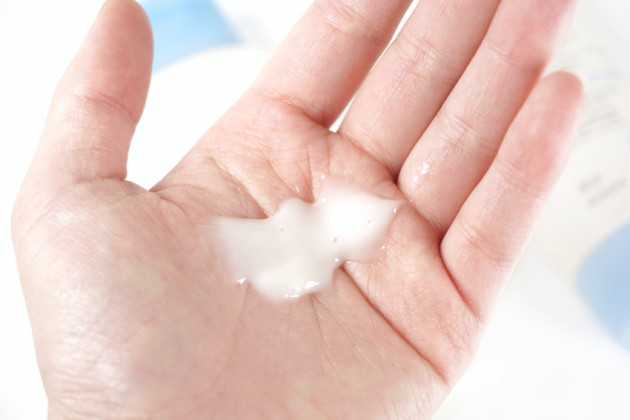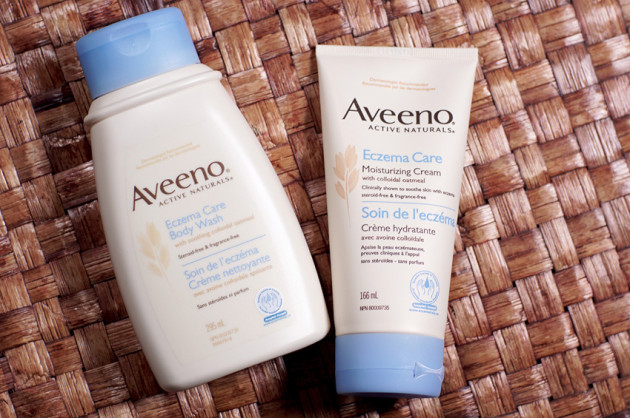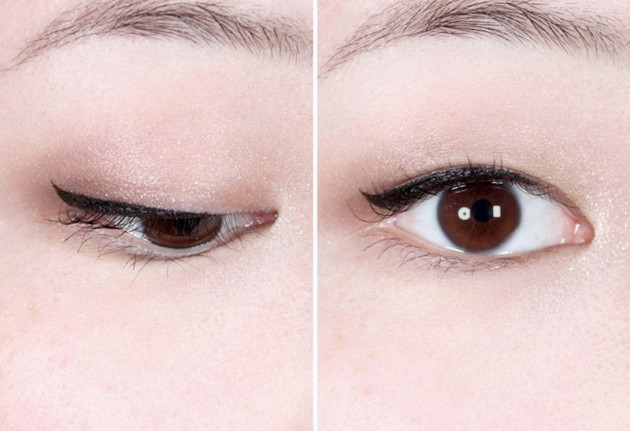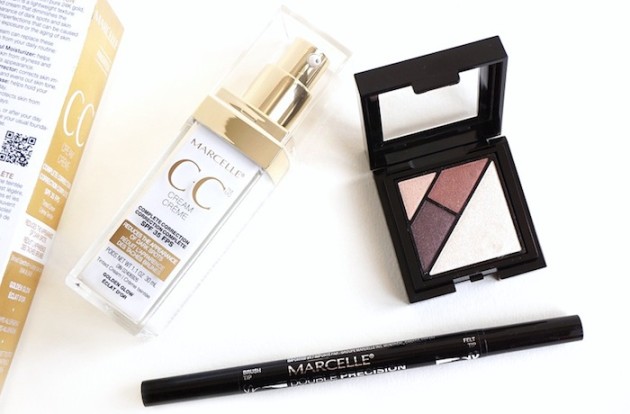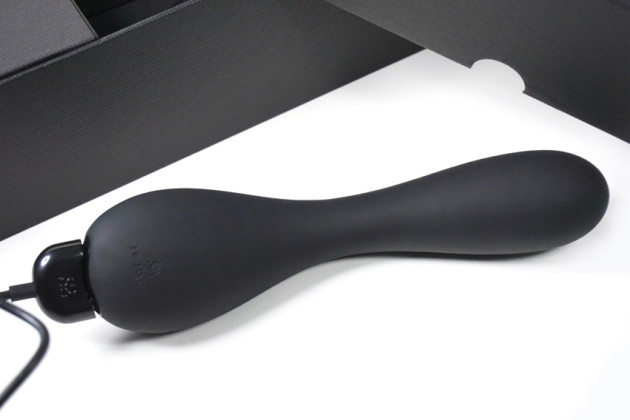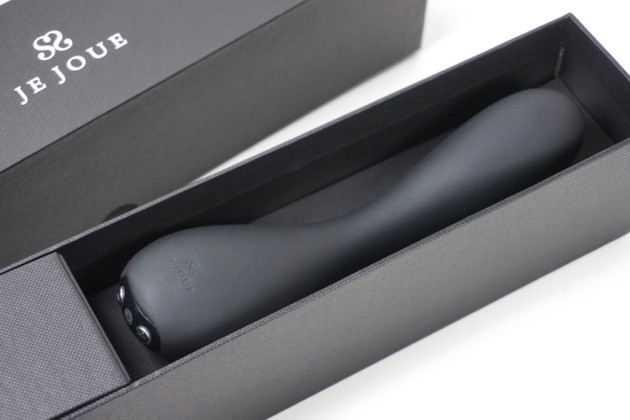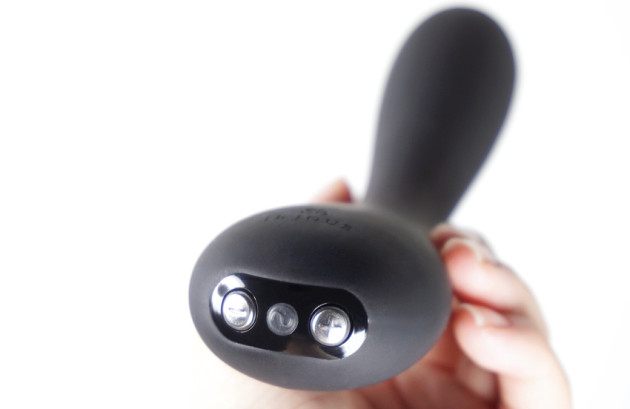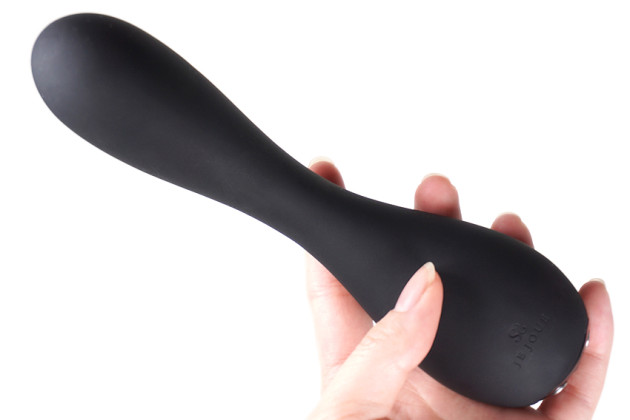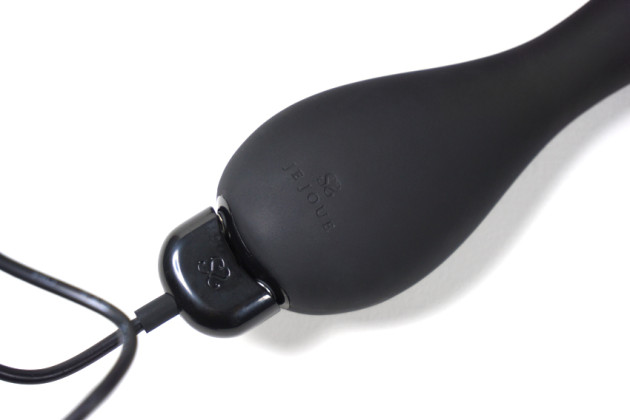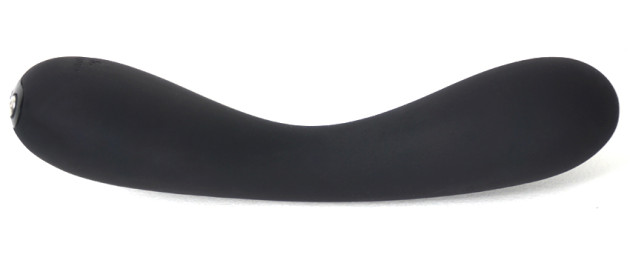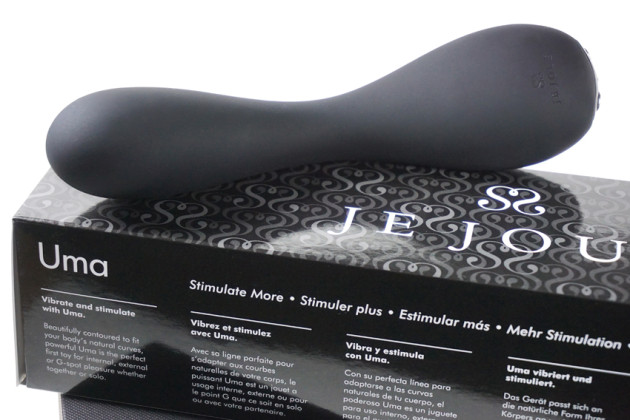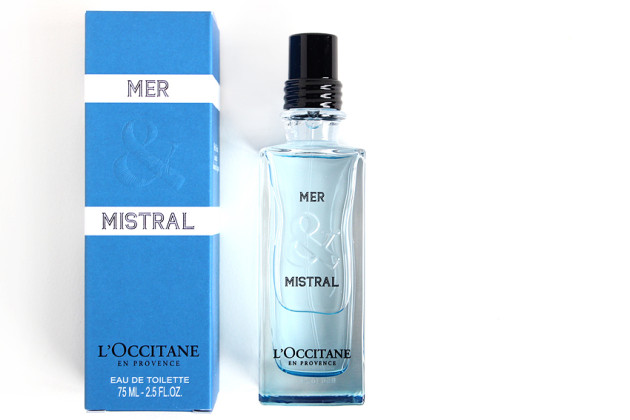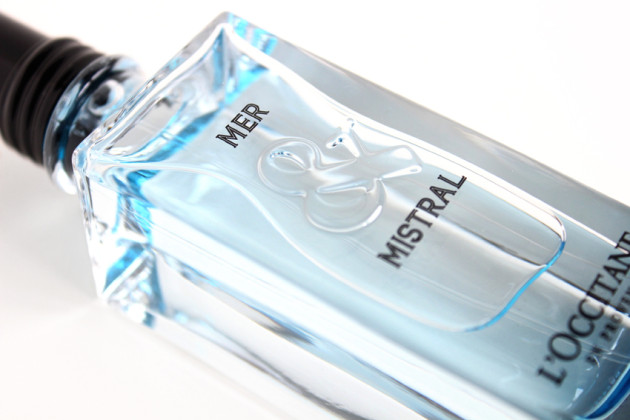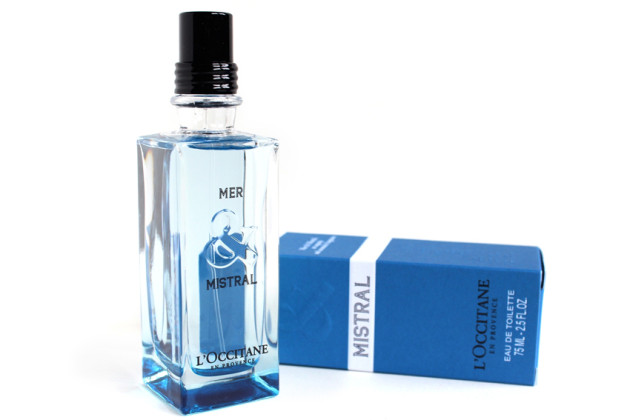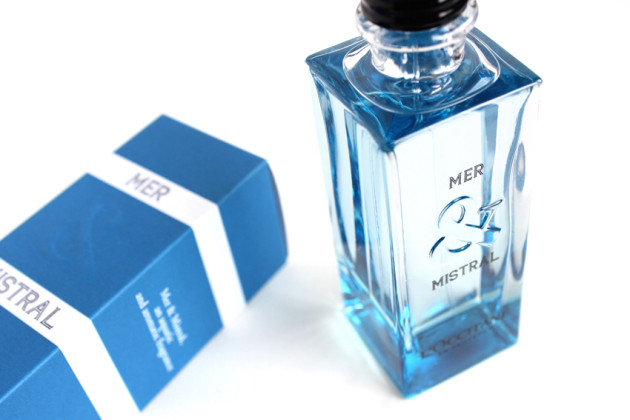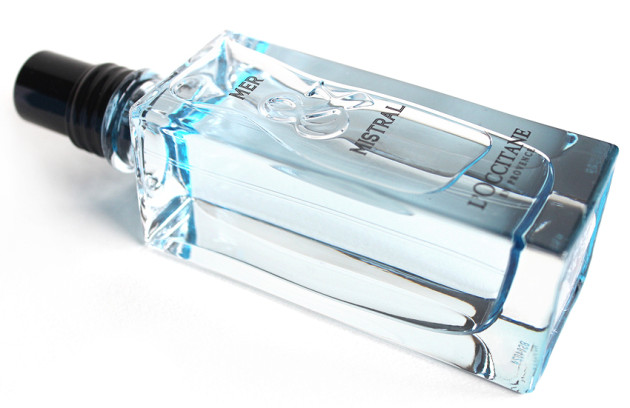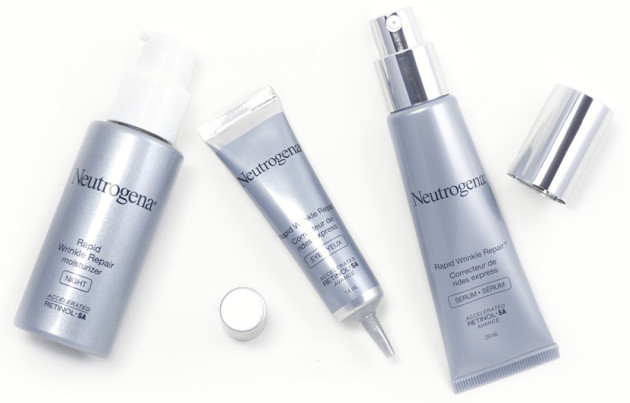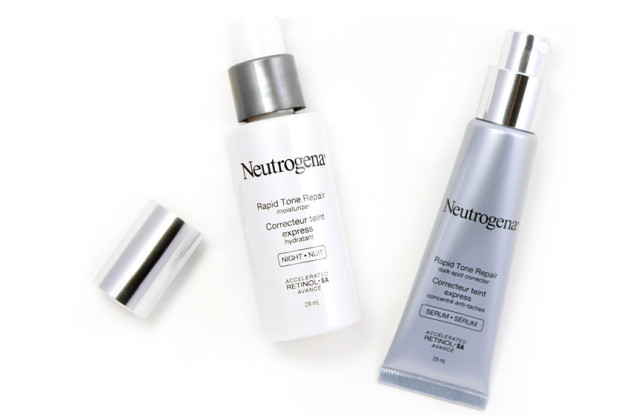The best thing I did all year was get an IUD and play hide and go seek with my mom, so today, I’m here to tell you all about it. This post covers what it’s like to get an IUD alongside my entire IUD experience over the past six months, and I truly hope that you’ll find it helpful.
I’m going to take the next couple of days off and just leave this up here at the top of theNotice, but I’ll be back shortly. I hope you’re having a wonderful holiday season so far, dear reader.
PS: YES I DID TAG THIS AS HOLY GRAIL.
The basics on IUDs
This is the stuff that you can find anywhere on the internet, so I’m going to gloss over it. Here are the basics on IUDs, as compared to each other and the pill. I’m reviewing the Mirena (hormonal) IUD today, but the insertion process of a copper IUD is the same.
As with any kind of birth control, IUDs don’t come without risks — and some of the rare side effects, like perforation or ovarian cysts, are very serious. So if you’re thinking about getting one, talk to your doctor and do a little bit of research on your own. Many North American OBs still don’t recommend the IUD, but I’ve found that has a lot to do with their comfort level inserting it (or their age, as there was a big IUD scare with the Dalkon Shield in the 1970s. Today’s IUDs are plenty safe, however, and are very common in other parts of the world!
Why I chose the IUD
Simply put: I really trust my OBGYN. I have had awful periods for most of my life, and oral contraceptives weren’t working out for me — I couldn’t do continuous birth control, and it totally killed my sex drive. (Plus, I have vestibulodynia, which is sometimes linked to the pill.)
» If you experience pain when inserting a menstrual cup or tampon, you may have some degree of vestibulodynia. Again, talk to your gynecologist, as it’s a common but typically treatable condition.
Anyhow. My doc thought I’d do a lot better with an IUD, and he’s amazing at his job, so I said okay. Most of the serious risks of an IUD occur during insertion, and this guy has done thousands without a single perforation or expulsion. I figured that a few weeks of cramps was a good trade-off for five worry-free years of birth control, and I was reassured by the fact that if my body didn’t like it, I could have it taken out whenever — removal is easier and faster than insertion.
Update Jan 2019: I’ve had my IUD for almost five years now, and I haven’t shut up about it the entire time. I still remember what it’s like to get an IUD, and I’m going back this summer for a new one. I stopped having a period at around 6 months after insertion, and have been experiencing spotting again as of December. In the meantime, I’ve had a blissful four years of being baby- and period-free.
The size of a Mirena (from their site)
What it’s like to get an IUD put in
NOT SO GREAT, YOU GUYS. I’m going to be totally honest here, because it wasn’t comfortable, and the fear of not knowing was even worse than the insertion itself.
Everyone says that getting an IUD is like a really bad period cramp, but everyone is LYING. It’s like a very sharp muscle knotting deep in your gut, and it feels really bad — but it’s definitely not the worst pain I’ve ever been in. I’d say it’s like stubbing your toe really hard, except instead of a toe it’s your cervix. So… worse than most things, but extremely localized and very short-lived.


